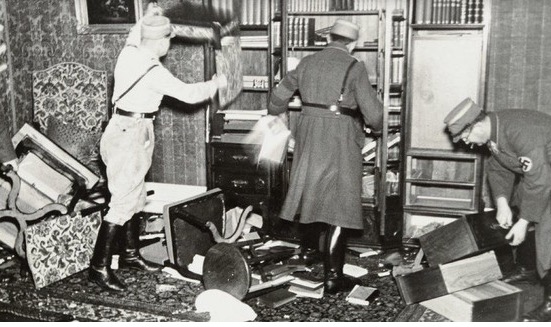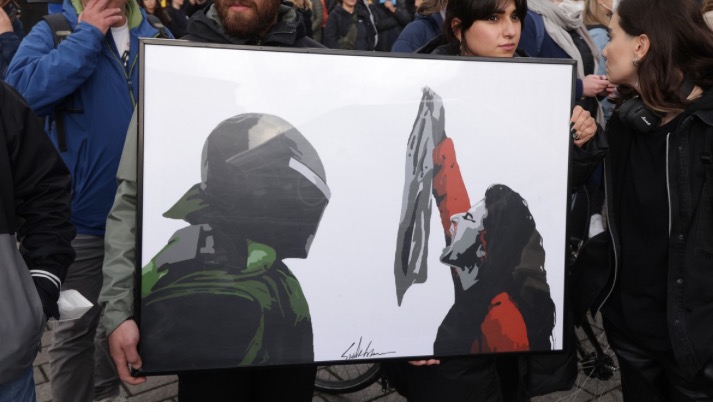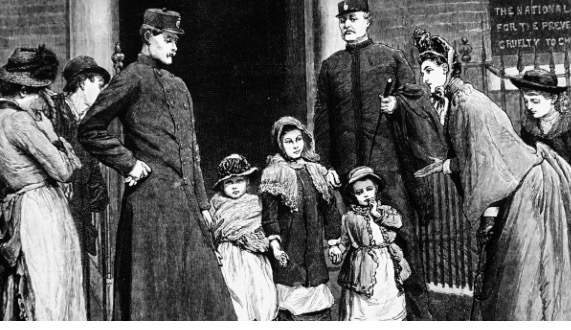The American Berserk: Kanye. Elon. Trump. Hitler. Satan.

SAY WHAT? - It's been a good week for Hitler, press coverage-wise, in the "battle of the psychopaths" that is America's current klatch of bigots, fascists, white supremacists, celebrity Nazis and, yes, Republicans. On Thursday, in a singular consortium of awful, rapper and anti-Semite Kanya "Ye" West joined white nationalist and anti-Semite Nick Fuentes on Sandy- Hook-denier and conspiracy wingnut Alex Jones' Infowarsshow so Jones could defend their honor after the backlash to their recent, creepy "Dine Kampf" moment with Trump at Mar-A-Lago. Lest we forget, the guy who declared there were "good people on both sides" of the rampaging, tiki-torch-and-swastika-bearing hordes in Charlottesville has been leading the GOP mainstreaming of Nazism for years with coded attacks on "George Soros," "international banks," "globalists" and "negotiators" who are "brutal killers" that queasily skirt outright anti-Semitic tropes but still transmit from the fever swamp the hate that dare not speak its name. Alas, this week West shattered that carefully crafted plausible deniability - what, me fascist? - with a toxic, manic, Hitler love-fest that left even the hateful Jones squirming. Near the end, he tried to steer the boat to safer waters by declaring, just before a commercial break, "I don't like Nazis." Quickly interjecting, Ye insisted, "I like Hitler." Muttered the newly discomfited Jones, "This is Twilight Zone 2.0."

























